There are various trade routes established for different purposes in many parts of the world. These roads connecting the continents have greatly improved the concept of trade between states. Silk Road, Spice Road, Incense Road and Amber Road are among the most well-known trade routes.
For thousands of years, trade routes have played a vital role in the development of human societies. Long-distance trades in Europe and Asia in ancient times great civilizations It has contributed to the cultural, religious and artistic development among These trade routes mainly transported raw materials, foodstuffs and luxury goods from one place to another. to another place He was helping her move. On the other hand, these trade routes also caused the spread of epidemic diseases, especially in Europe, to other continents.
Located on Silk Road, Amber Road, Spice Road and other trade routes citiesserving merchants and trade caravans very quickly. has enriched. At the same time, they have become centers where people from different ethnic and cultural backgrounds can meet. Without further ado, he managed to shape the history of the world. trade routes Let’s move on to our list.
The most important trade routes in world history:
- The Silk Road
- The Spice Routes
- The Incense Route
- The Amber Road
- The Tea Horse Road
- The Salt Route
- The Trans-Saharan Trade Route
A long road connecting China to the West: The Silk Road
The Silk Road, which first emerged in Xi’an and connects China and the West, was originally used as a caravan route. 6,400 kilometers This 4,000-mile-long road played an important role in the trade between the two most important states of the period, China and Rome.
While the trade caravans were using this road, they either followed the road to the Caspian Sea by passing through the Afghan valleys or crossed the Karakoram Mountains and passed through Iran. to Anatolia they were reaching. Marco Polo, the most important traveler of the period, used the Silk Road to go to China during the Mongolian period. Even today, the Silk Road with extraordinary diversity and cultural richness. This magnificent trade route, which still carries the traces of cultures and religions of nearly two thousand years, to two continents was spreading.
A very dangerous and expensive road: The Spice Routes
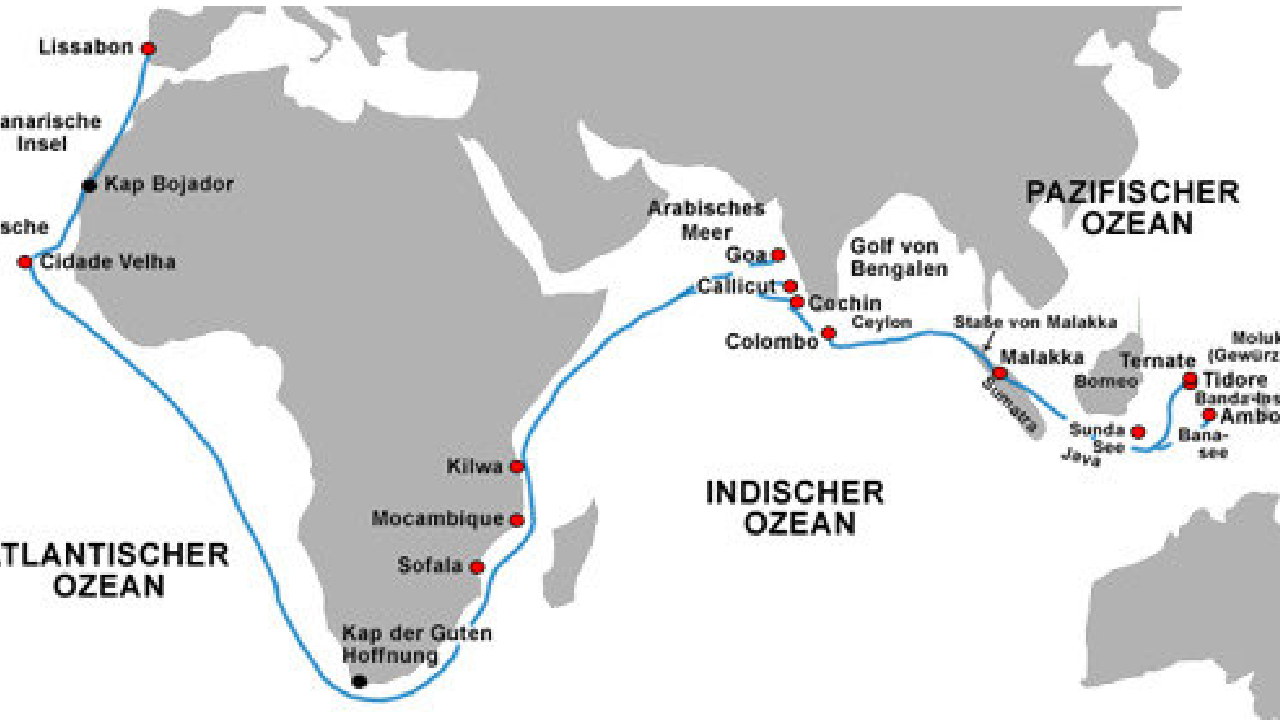
Spice routes have been connecting East and West for two thousand years, bringing spices such as cinnamon, cloves, nutmeg, saffron and turmeric to different civilizations. to reach provided. These commercial spices are not only used as flavoring and coloring in foods, but also in various in the treatment of diseases was used.
These Spice Routes stretched from the West Coast of Japan to Europe via the Mediterranean Sea. Just like the Silk Road, Spice Roads from multiple routes It was a long web. The Spice Trails were quite dangerous and costly to travel. It was mandatory to pay taxes and tolls at each stop on the route. Therefore, when spices reach Europe, their prices are astronomical was extremely high.
The road connecting Egypt and Rome: The Incense Route
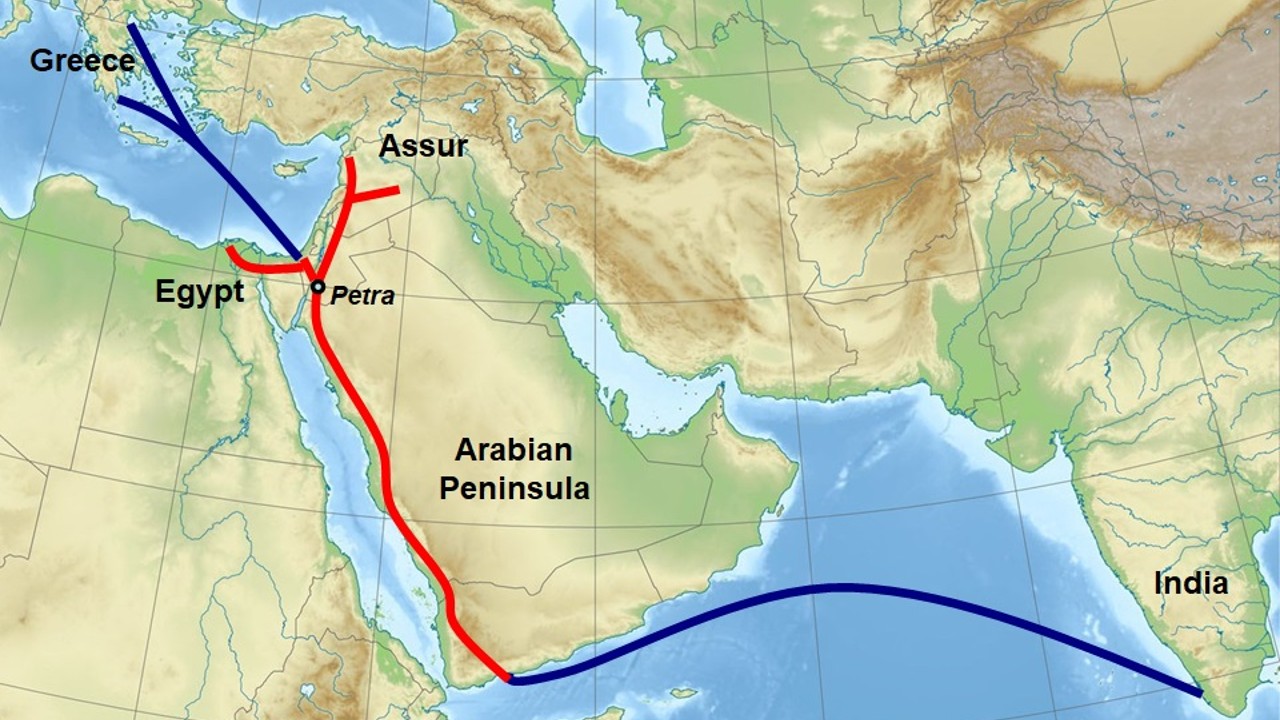
Pleasant scents have always been widely used throughout human history. The Egyptians used incense in their funeral rites, while the Romans at weddings and at various celebrations they used. Thousands of years ago it was an extremely rare and expensive item, although it is very easily available today. Incense routes are the sea and sea routes from the Southern Arabian Peninsula to the Mediterranean. land based consisted of trade routes.
This route, which was used between the 7th century BC and the 2nd century AD, was used after the end of the incense trade to visit the families of the people, to migrate the tribes and to move the armies more easily.
Most valuable trade route: The Amber Road
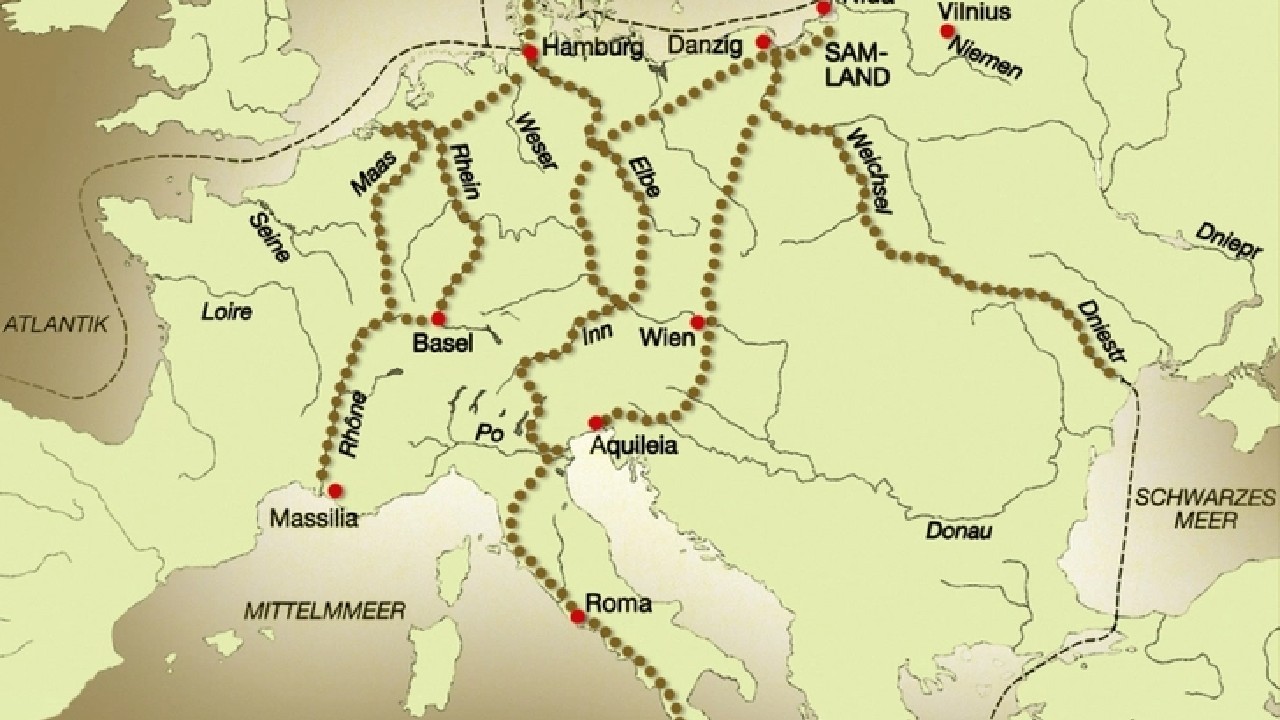
The Amber Route was a trade route connecting Mediterranean countries, including Ancient Rome, to the Baltic Sea. brought from the Baltic region Baltic Amber, It was used by the Etruscans living in Italy. In the future, to a large extent Celts started to be used by From the 1st century AD to the 3rd century AD, it was an important symbol of the Roman Empire.
The main amber route followed by the Roman traders to buy amber gradually expanded into the Mediterranean basin. Baltic Sea and played an important role in the trade connections made in this region. Although the road does not have a definite route, Roman craftsmen It is thought to have started in Aquileia on the Adriatic coast, where he mostly lived.
The difficult journey of horses: The Tea Horse Road
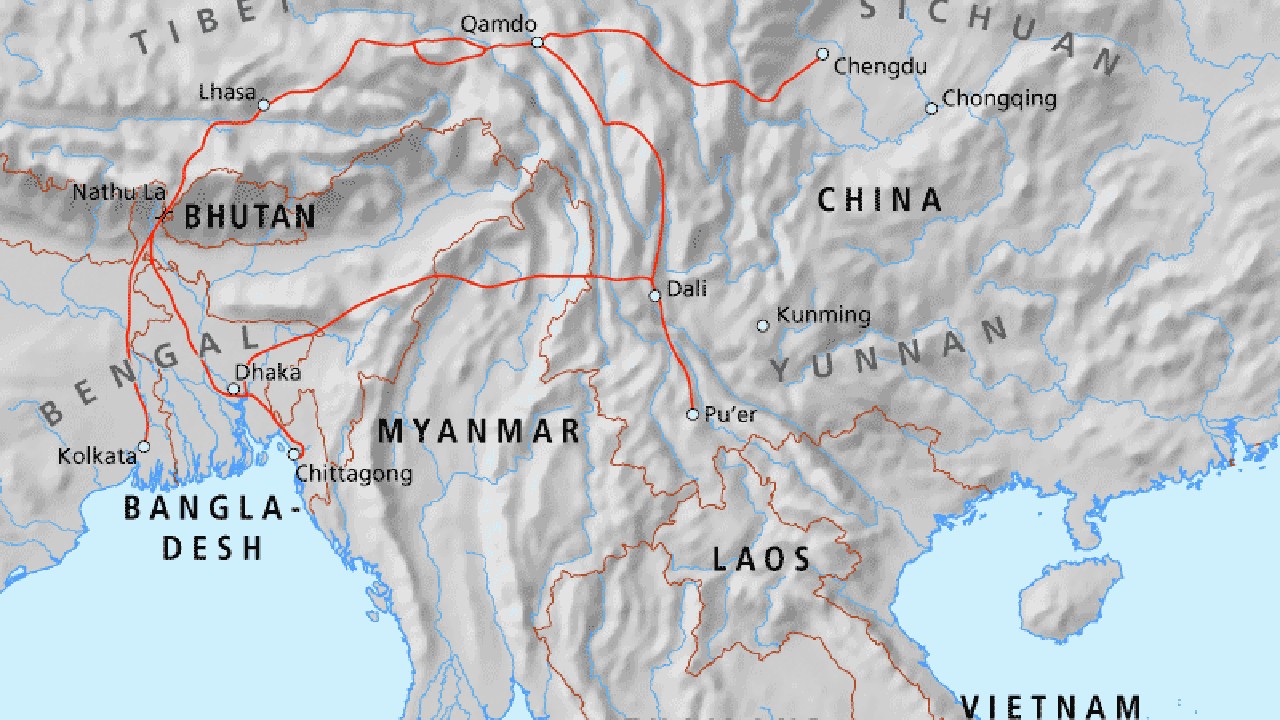
The Tea Horse Trail is a millennial network of trade routes connecting Tibet’s capital, Lhasa, with Southwest China’s Yunnan and Sichuan provinces. from the 6th century From then on, the road used for the trade of all kinds of goods was quite harsh and dangerous. The tea trade began during the Tang and Song Dynasties when people became interested in tea, but the climate of these regions growing tea was not suitable for
As can be expected, every traveler or trader using this road from natural difficulties Because of this, they could not complete their journey and lost their lives. Although some remains of the Tea Horse Trail remain today, many of them for decades in abandoned condition.
A short but very important road: The Salt Route
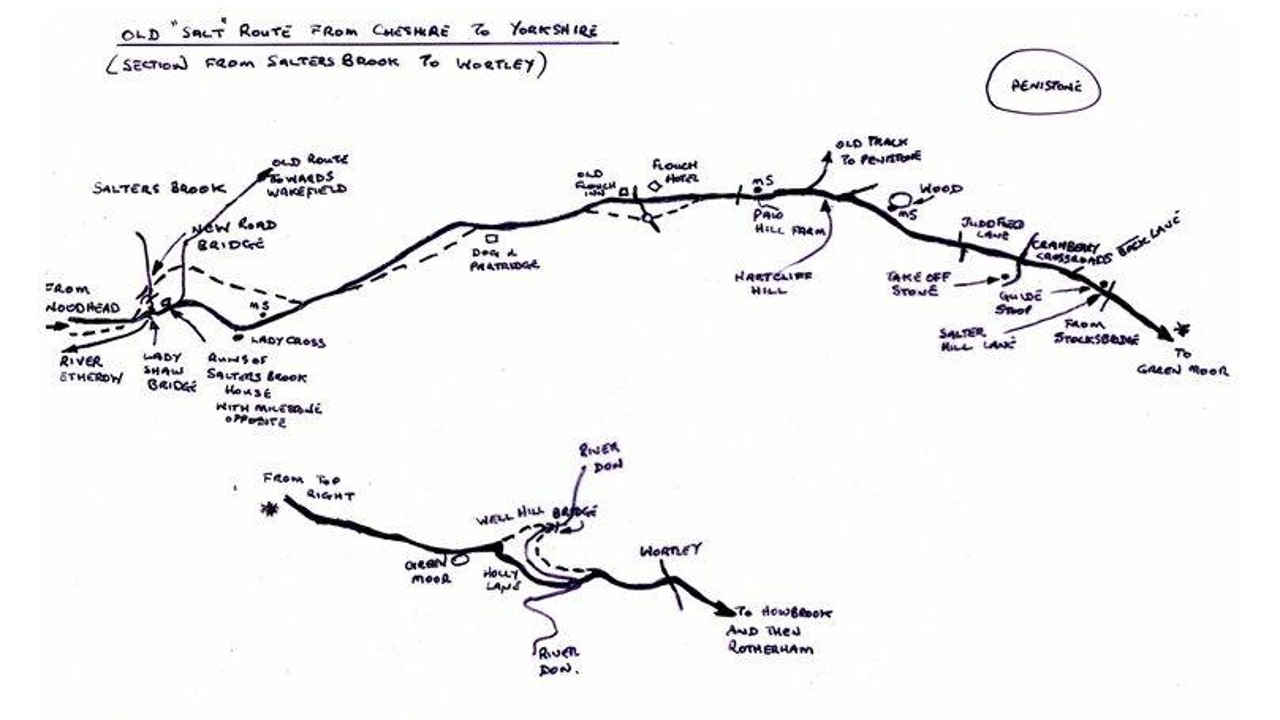
The Salt Road, used to bring salt from the Adriatic coast to the Roman region, centuries maintained its importance throughout. Therefore, in terms of salt rich regions became important trade centers. Another important salt road was the established salt road in northern Germany. 100 km This Old Salt Road, which is long, was used to supply salt to the fishermen in order not to spoil the fish. Completing this route, which is quite short compared to other trade routes, is approximately 20 days was going on.
The trade route where the slave trade was made: The Trans Saharan Trade Route
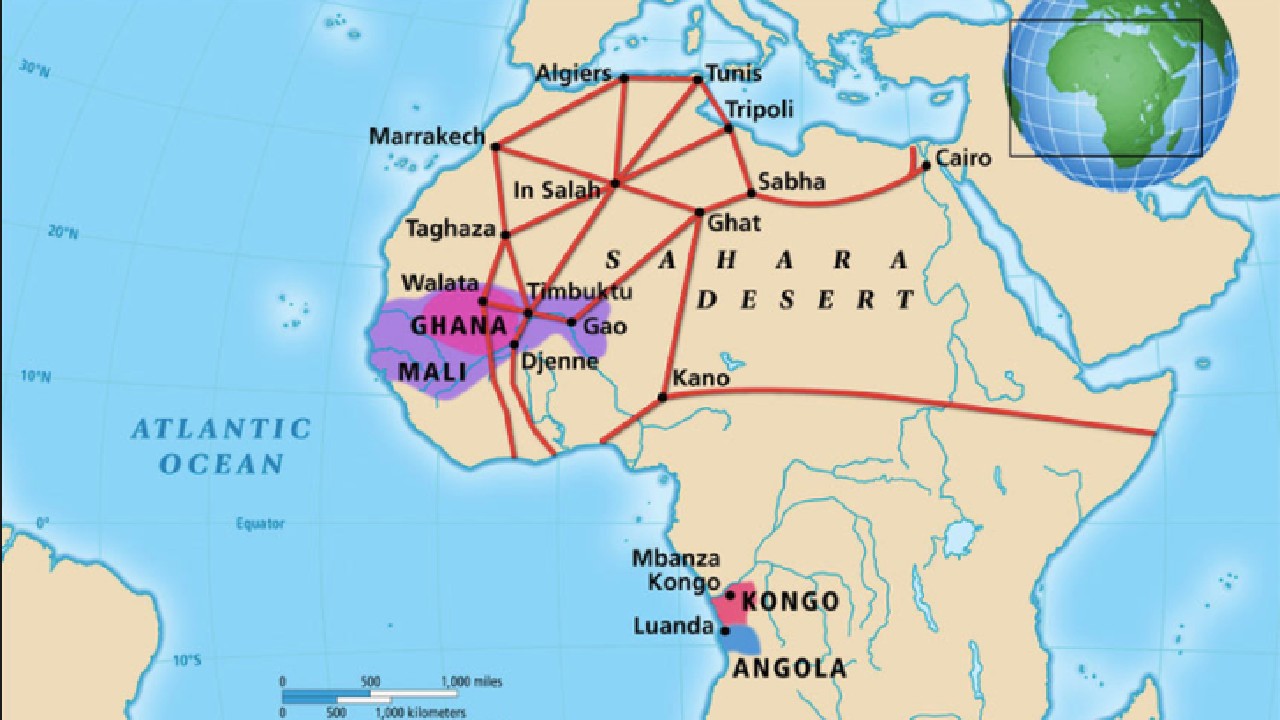
The Trans-Saharan Trade Route was one of the most important trade routes of the African region, as it connected the important points of the Sahara Desert. This trade route in the desert region Camels were very important for merchants to travel this way. Like an ostrich feather except for the gold and slave trade along the way luxury items too was bought and sold. Portugal’s voyage to West Africa in the mid-16th century sea routes Its importance has drastically diminished.
